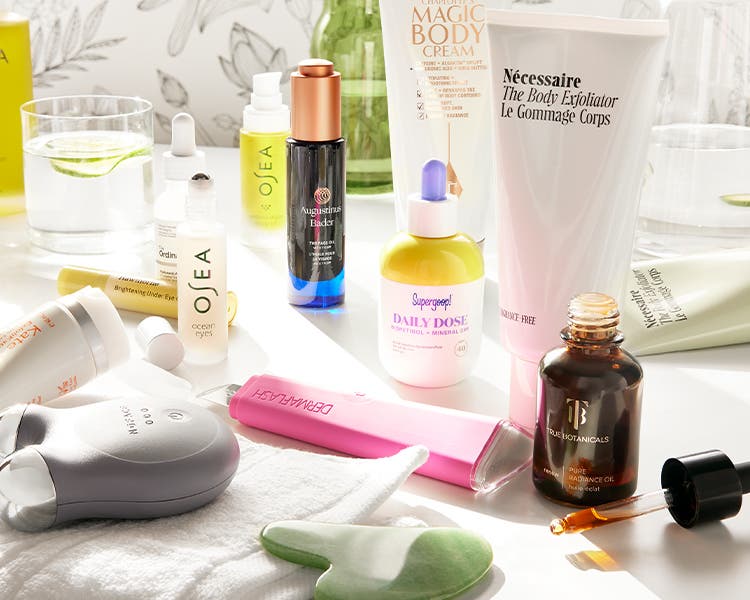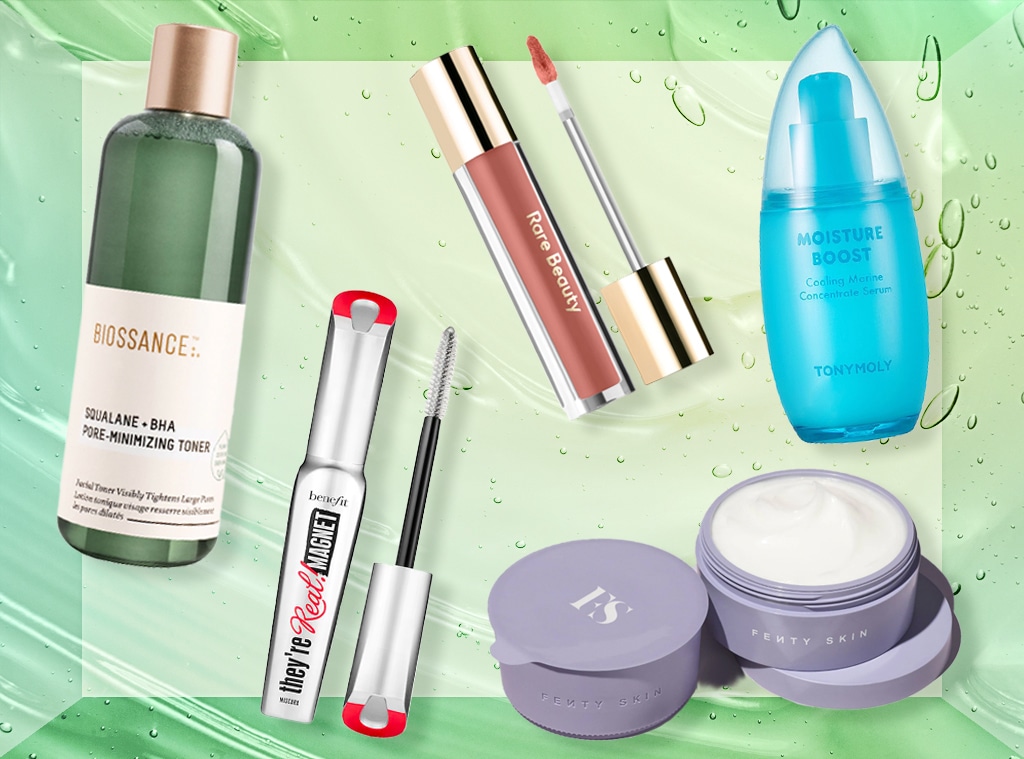The Evolution of Cruelty-Free Beauty and What It Means for Future Trends
The Evolution of Cruelty-Free Beauty and What It Means for Future Trends
Blog Article
Why Cruelty-Free Beauty Products Are the Future of Skincare and Cosmetics
The change in the direction of cruelty-free appeal products is not simply a pattern; it shows a significant transformation in consumer worths and industry methods. As awareness around ethical intake increases, particularly among more youthful demographics, brands are obliged to reassess their testing methods and ingredient sourcing. This advancement is more driven by advancements in innovation, which guarantee effective alternatives to traditional animal testing. The effects of this change expand beyond customer choices, raising concerns concerning the future of regulative criteria and brand name honesty. What remains to be seen is exactly how these dynamics will certainly shape the landscape of the charm industry.
Expanding Customer Recognition
The growing customer recognition bordering cruelty-free beauty items shows a substantial change in societal worths towards ethical usage. As people increasingly prioritize the well-being of pets and seek to make informed acquiring choices, the need for items that are not evaluated on pets has surged. This heightened awareness is driven by a combination of elements, including the surge of electronic systems that promote understanding sharing, higher transparency from brand names, and advocacy projects that highlight the moral effects of conventional screening methods.
Customers are currently a lot more complete than ever before to research study and recognize cruelty-free brands, leading to a much more discerning market. More youthful generations, particularly millennials and Gen Z, are leading the cost, typically deciding for brands that symbolize their moral position.
Honest Considerations in Charm
Ethical considerations in charm expand past the realm of pet well-being, encompassing a broader spectrum of social and ecological impacts. Consumers are increasingly scrutinizing the sourcing of components, labor practices, and the ecological impact of elegance items. Brand names that focus on moral methods commonly utilize sustainably sourced materials, minimizing their environmental impact while supporting reasonable profession initiatives.
In addition, the appeal industry has a considerable influence on international labor markets, particularly in developing countries where numerous components are sourced. Moral brand names promote for fair labor techniques, guaranteeing that employees get fair salaries and risk-free working conditions. This commitment to social obligation not just enhances the lives of those associated with the production procedure yet also reverberates with customers that value openness and integrity.
In addition, the ecological effect of product packaging and production approaches can not be forgotten. Brands are significantly adopting green packaging solutions and decreasing waste, aligning with an expanding customer need for sustainability. By dealing with these honest factors to consider, appeal brand names can cultivate a much more conscientious industry that values both people and the planet, leading the method for a future where responsible practices are the norm as opposed to the exception.

The Effect On Brand Name Loyalty
Consumer commitment to elegance brands is significantly affected by moral techniques, specifically in the world of cruelty-free and sustainable products. cruelty-free beauty. As customers end up being more socially conscious, their acquiring choices are often guided by the honest implications of the products they choose. Brand names that focus on cruelty-free practices not just interest this growing group but likewise promote a feeling of depend on and integrity amongst their consumer base

In addition, the openness bordering cruelty-free qualifications improves consumer self-confidence in the brand name's dedication to ethical methods. This openness can produce a psychological link between the consumer and the brand, more solidifying loyalty. In an age where brand name reputation is increasingly scrutinized, the dedication to cruelty-free techniques is not simply a pattern however a substantial aspect in lasting brand name commitment.
Technologies in Cruelty-Free Formulations
As brand commitment significantly depends upon ethical techniques, business are reacting with ingenious techniques to cruelty-free formulas. The market is witnessing a surge in the development of options to animal screening, using sophisticated technologies such as in vitro testing and computer modeling. These techniques not only meet honest requirements however likewise increase item development timelines.
Moreover, numerous brand names are using the power of natural components that are both effective and lasting. Plant-based extracts, bioengineered substances, and morally sourced products are gaining traction, attracting ecologically mindful customers. Advancements in preservation methods, such as using all-natural preservatives, improve product durability without endangering cruelty-free integrity.
Brands are also buying clear sourcing practices, allowing consumers to trace the origin of active ingredients. This openness promotes trust and empowers consumers to make educated options. In addition, partnerships with non-profit companies and cruelty-free accreditations are coming to be more typical, indicating a commitment to ethical methods.
As the demand for cruelty-free items proceeds to increase, these innovations not only redefine market criteria but also add to reference a more humane future for appeal and skin care. The dedication to ethical formulas is reshaping customer assumptions and driving the marketplace toward greater responsibility.
The Future of Regulatory Standards
The landscape of regulatory criteria for cruelty-free elegance items is advancing swiftly in reaction to growing customer need for transparency and honest methods. As customers progressively prioritize gentle therapy of animals in item advancement, governing bodies are being advised to develop clearer standards and accreditations that delineate what constitutes cruelty-free.
Current guidelines differ widely by region, developing complication amongst customers and suppliers alike. cruelty-free beauty. In the future, we can anticipate a relocation toward standard interpretations and criteria, potentially bring about a merged worldwide framework. This would not only boost consumer trust but also motivate a lot more brand names to take on cruelty-free techniques
Furthermore, developments in innovation, such as different testing methods and in vitro designs, are most likely to influence governing criteria. These developments might lead the way for much more rigid demands that prioritize humane approaches without compromising product safety and security or efficacy.
The cooperation between industry stakeholders, campaigning for groups, and regulatory authorities will certainly be essential in forming these standards. By fostering dialogue and creating cohesive policies, the elegance market can guarantee that cruelty-free practices end up being an indispensable component of its ethical landscape, inevitably profiting consumers, pets, and the environment.
Verdict
Increasing consumer recognition and moral considerations drive brands to adopt humane techniques, fostering better brand name loyalty. Eventually, the dedication to Your Domain Name cruelty-free techniques is essential for brand names seeking to prosper in a competitive market, as it reverberates deeply with the values of contemporary consumers.
Report this page